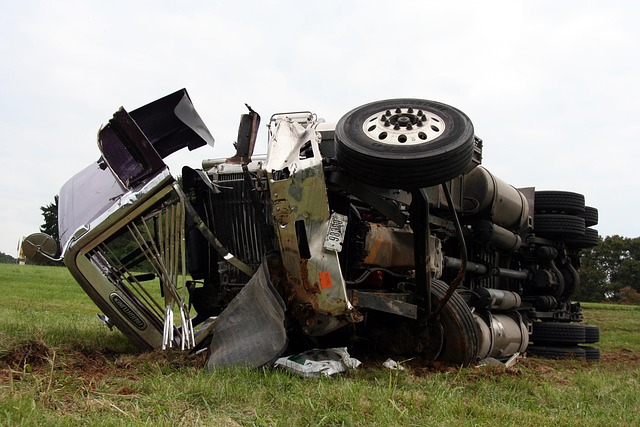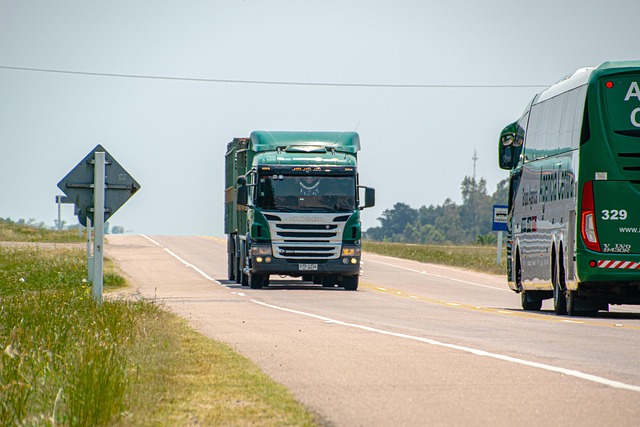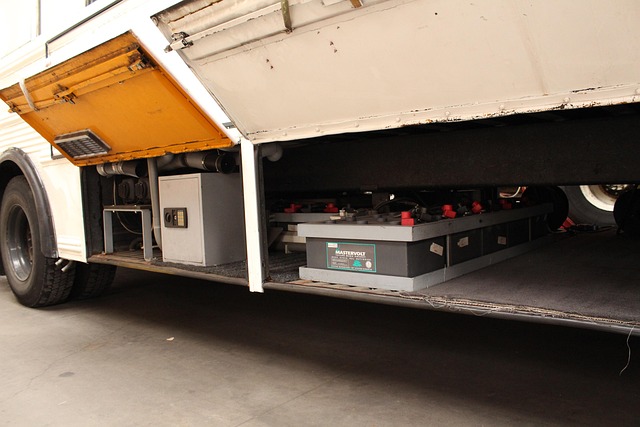Looking to register your car in California? This comprehensive guide walks you through the process, ensuring a smooth transition. From understanding state requirements to completing the VIN verification, we cover it all. Gather essential documents, perform a Vehicle Identification Number (VIN) check, and choose a nearby California Motor Vehicle Office (MVO). Finally, finish the registration process and pay fees with ease. Master these steps for a successful car registration in California.
- Understand California Car Registration Requirements
- Gather Necessary Documents for VIN Verification
- Perform Vehicle Identification Number (VIN) Check
- Select a California Motor Vehicle Office (MVO)
- Complete the Registration Process and Pay Fees
Understand California Car Registration Requirements

Before registering your car in California, it’s crucial to understand the state’s specific requirements. One key aspect is ensuring your vehicle has passed a valid vin inspection. This involves verifying the Vehicle Identification Number (VIN) and checking for any outstanding issues or recalls. In California, this process is typically handled through mobile vin verification services, which offer convenient and efficient inspections right at your location.
By utilizing these mobile services, you can streamline the registration process significantly. They provide a quick and reliable way to confirm your car’s eligibility, ensuring that all necessary safety standards are met. Remember, proper vin verification is not only a legal requirement but also guarantees your peace of mind, knowing your vehicle is safe and up to date with California’s regulations.
Gather Necessary Documents for VIN Verification

To register your car in California, you’ll need to go through a process known as VIN verification. This involves providing detailed information about your vehicle, and one of the critical steps is gathering all the necessary documents. The Vehicle Identification Number (VIN) is a unique code that identifies your car, and it’s essential for this process. Start by locating your car’s VIN, typically found on the vehicle’s certificate of origin or on the dashboard near the driver’s side door.
Ensure you have the following documents ready: valid registration certificates from previous states, proof of ownership, a completed California Vehicle Registration Application form, and any necessary fees. Additionally, consider using a mobile vin verification service or a mobile vin inspector to simplify this process, as these options can provide quick and accurate readings, making it easier to verify your car’s information remotely.
Perform Vehicle Identification Number (VIN) Check

Before registering your car in California, it’s crucial to perform a Vehicle Identification Number (VIN) check. This step is essential for ensuring that the vehicle you’re planning to register is legitimate and has not been reported stolen or has any outstanding issues. A VIN inspection helps verify the vehicle’s history, including its previous owners, maintenance records, and any accidents or damage.
Consider opting for a mobile VIN verification service to simplify the process. These services allow you to complete the VIN check right from your location using just your smartphone. By utilizing a mobile vin inspection, you can save time and effort, making it easier to navigate the registration process. Ensure that the service provider is reputable and offers accurate, official reports to avoid any complications down the line.
Select a California Motor Vehicle Office (MVO)

When registering your car in California, the first step is to choose a convenient California Motor Vehicle Office (MVO). These offices handle all vehicle registration and titling services. It’s important to select an MVO that best suits your needs, considering factors like location, operating hours, and even the availability of services such as mobile vin verification or a mobile vin inspection.
For instance, if you prefer a more streamlined process with the option of having your vehicle’s VIN (Vehicle Identification Number) verified on-site or through a mobile vin inspection, ensure the MVO offers these services. This can save time and eliminate the need for additional trips, making the registration process more efficient.
Complete the Registration Process and Pay Fees

After you’ve gathered all the necessary documents, it’s time to complete the registration process and pay the associated fees. This involves submitting your application to the California Department of Motor Vehicles (DMV). During this step, ensure that your vehicle passes the required emissions test and safety inspection. One crucial aspect is the vin verification, which ensures the accuracy of your Vehicle Identification Number (VIN). You can facilitate this process with a mobile vin inspection or use a mobile vin verifier to streamline the verification step.
Once your VIN is confirmed, along with all other required information and documentation, you’ll be directed to make the necessary payments. This typically includes registration fees, vehicle taxes, and any additional costs related to emissions testing. After successfully completing these steps, you’ll receive your vehicle’s registration documents, officially registering your car in California.
Registering a car in California involves understanding key requirements, gathering essential documents for VIN verification, passing the vehicle inspection, selecting the right Motor Vehicle Office, and completing the registration process with associated fees. By adhering to these steps and ensuring accurate VIN verification, you’ll successfully navigate the car registration process in the Golden State.



